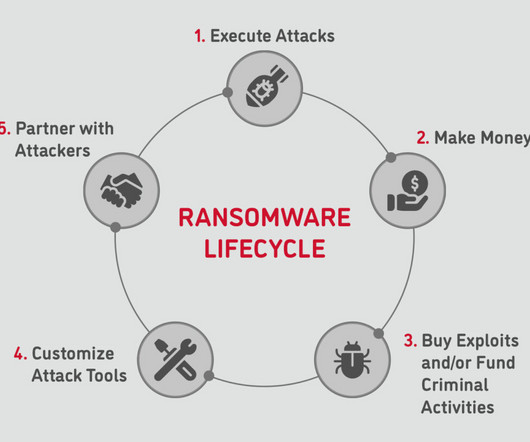Top Cybersecurity Accounts to Follow on Twitter
eSecurity Planet
DECEMBER 3, 2021
Fifteen years after the launch of the microblogging social media platform, Twitter remains a dominant public forum for instant communication with individuals and organizations worldwide on a universe of topics, including #cybersecurity. — Dave Kennedy (@HackingDave) July 15, 2020. . — Dave Kennedy (@HackingDave) July 15, 2020.
















Let's personalize your content